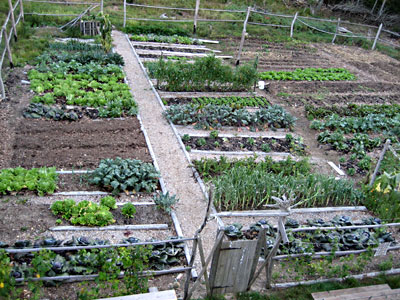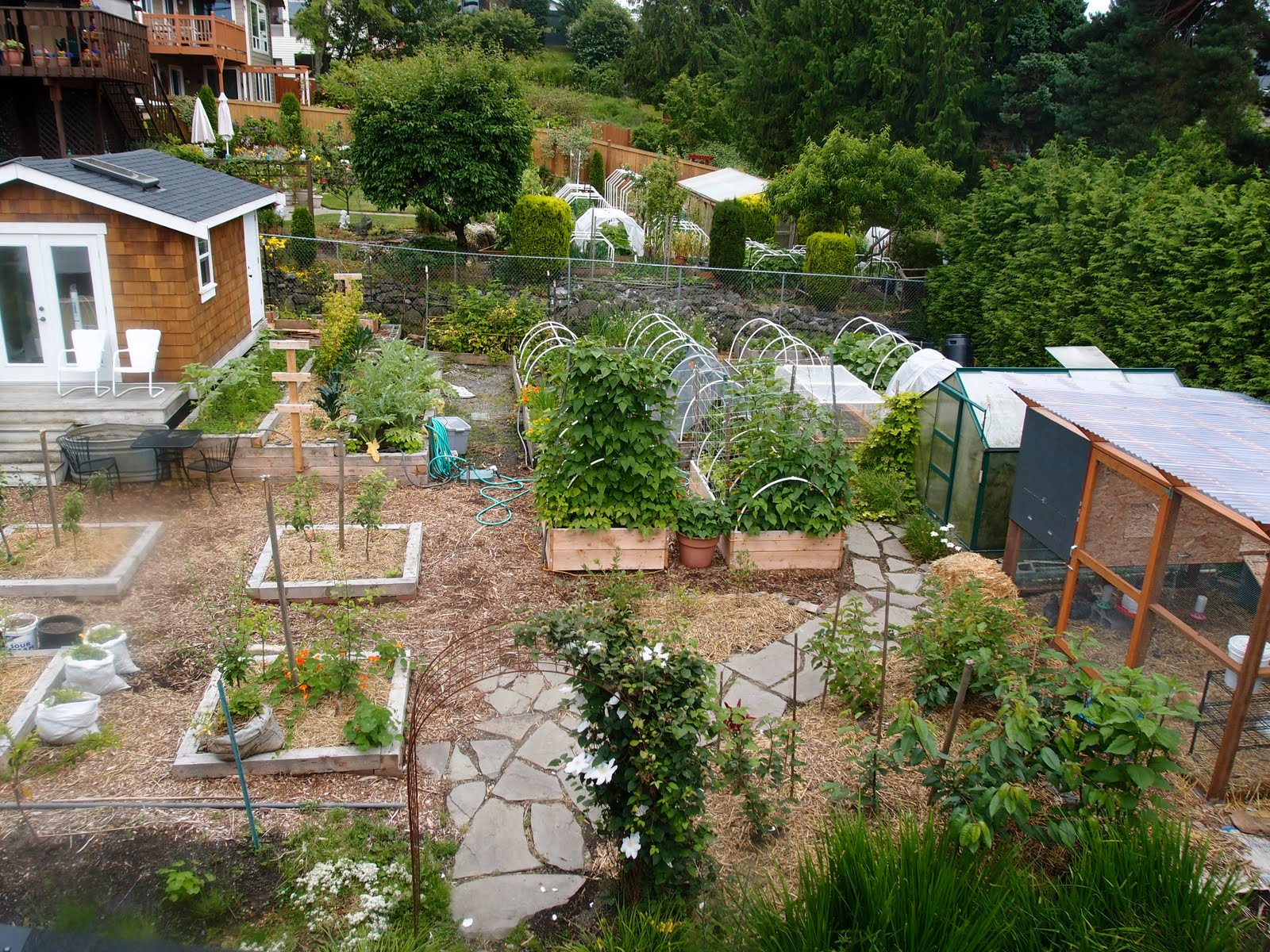Where to Find Resources for Homestead Gardening
Reveal the Tricks to Producing a Beautiful and Effective Gardening Area
Producing a attractive and effective horticulture area is not simply an issue of growing veggies and blossoms; it calls for a tactical technique that incorporates different critical aspects. From selecting the right place based on sunlight and dirt type to thoughtfully creating your layout and selecting appropriate plants, each decision plays a critical role in the success of your yard.
Choosing the Right Place
Picking the optimal place for your garden is vital to its success and general aesthetic allure. The primary step in this procedure entails examining sunshine exposure, as the majority of plants call for at the very least six hours of straight sunlight daily (Homestead Gardening). A south-facing yard usually receives the most light, while shaded locations can hinder development and blooming
Additionally, consider dirt high quality and drain. Well-draining soil is necessary to avoid waterlogged roots, which can bring about plant diseases. Performing a soil test can offer useful details pertaining to pH degrees and vitamins and mineral content, enabling you to amend the soil appropriately.
Furthermore, closeness to water sources is one more aspect to consider - Homestead Gardening. Having very easy accessibility to a hose or watering system can streamline the watering process and motivate regular plant treatment. Wind security is additionally vital; positioning your yard near structures, such as fences or walls, can shield it from extreme winds that might harm fragile plants
Last but not least, take into consideration accessibility for upkeep and harvesting. A well-placed yard permits practical gain access to, ensuring that you can easily often tend to your plants without triggering undue tension or disturbance. Thoughtful place selection lays the foundation for a thriving garden.
Choosing Plants Wisely
When choosing plants for your garden, it's important to consider aspects such as environment, soil problems, and individual preferences to make sure a productive and unified room. A detailed understanding of your neighborhood environment will certainly lead you in choosing plants that thrive in your certain atmosphere. For circumstances, selecting drought-resistant selections is useful in dry areas, while moisture-loving species might be better suited for areas with high rainfall.
Soil conditions are similarly vital; conducting a dirt test can expose pH levels and vitamins and mineral web content, permitting you to pick plants that will flourish. Native plants are usually an exceptional selection, as they are generally well-adapted to regional dirt types and call for much less maintenance.
Reflect on your individual choices-- picking plants that reverberate with your visual preferences will enhance your enjoyment and dedication to preserving your garden. By thoroughly examining these variables, you can develop a varied and flourishing plant selection that boosts your horticulture experience.
Designing Your Garden Layout
With an attentively picked plant option in hand, the following action is to create a yard format that maximizes both beauty and performance. Begin by evaluating the offered area, thinking about elements such as sunlight, shade, and wind patterns. A tactical design ought to incorporate different zones, consisting of locations for growing, pathways, and perhaps seating.
Begin with bigger plants or centerpieces, such as trees or high perennials, put tactically to create aesthetic rate of interest. Layer smaller sized plants ahead to boost depth and appearance. Think about the growth behaviors of your picked plants; taller ranges need to be positioned at the back or facility of beds, while shorter ones can line the sides.
Incorporating paths not just assists in access for upkeep however also invites expedition. Use products that match the garden's total aesthetic, whether gravel, stone, or timber chips.
Additionally, consider seasonal changes and just how your layout will look throughout the year. Integrating evergreens together with seasonal blossoms can ensure year-round charm. Ultimately, a well-designed garden layout balances the all-natural charm of plants with useful considerations, causing a space that is both inviting and efficient.
Enhancing Dirt Health

To improve dirt health, begin by performing a soil examination to evaluate pH levels, nutrition web content, and soil appearance. Incorporate natural matter such as garden compost, well-rotted manure, or fallen leave mold and mildew to enhance soil structure, water retention, and microbial task.
Mulching is another efficient technique; it not only preserves dampness however also subdues weeds and progressively enhances the dirt as it damages down. Preventing excessive husbandry is essential, as it can web interfere with soil framework and damage advantageous organisms. Instead, embrace no-till or very little husbandry methods to preserve dirt stability.

Keeping Your Garden Properly
A well-kept yard provides satisfaction and efficiency, requiring constant focus to make certain that plants thrive and the landscape stays inviting. Effective garden maintenance entails several essential methods that improve the health and wellness of your plants and the total visual of your area.
Normal watering is important; nonetheless, it is very important to tailor your watering schedule based upon the particular requirements of your plants and regional climate conditions. Mulching can help preserve wetness, reduce weeds, and control dirt temperature level. Prompt weeding stops competition for resources and nutrients, making sure that your plants flourish.
Trimming is another vital job. It encourages healthy and balanced development, gets rid of unhealthy or dead branches, and forms plants to helpful site preserve an enticing structure. Furthermore, monitoring for pests and illness is important; early detection and intervention can save your plants from substantial damage.
Fertilization must be performed attentively, utilizing natural alternatives whenever feasible to promote long-term soil health and wellness. Seasonal jobs such as planting, dividing perennials, and preparing for winter will certainly ensure your garden stays lively year-round. By adhering to these techniques diligently, you can cultivate a garden that is both attractive and productive.
Verdict
In verdict, the development of a productive and beautiful horticulture area calls for cautious factor to consider of a number of key aspects. Picking a suitable location with sufficient sunlight, picking suitable plants, designing a visually pleasing design, improving soil health and wellness, and guaranteeing routine upkeep are necessary components. By integrating these techniques, one can cultivate a growing yard that not only enhances the landscape yet likewise promotes ecological balance and sustainability. Such a technique ultimately brings about a fulfilling gardening experience.
From picking the right place based on sunlight and dirt kind to attentively over here designing your format and choosing appropriate plants, each decision plays a crucial function in the success of your yard. Well-draining soil is necessary to avoid water logged roots, which can lead to plant conditions.When selecting plants for your yard, it's vital to take into consideration variables such as climate, soil problems, and personal choices to make certain a harmonious and efficient room. Ultimately, a well-designed garden layout harmonizes the natural charm of plants with useful considerations, resulting in an area that is both inviting and productive.
